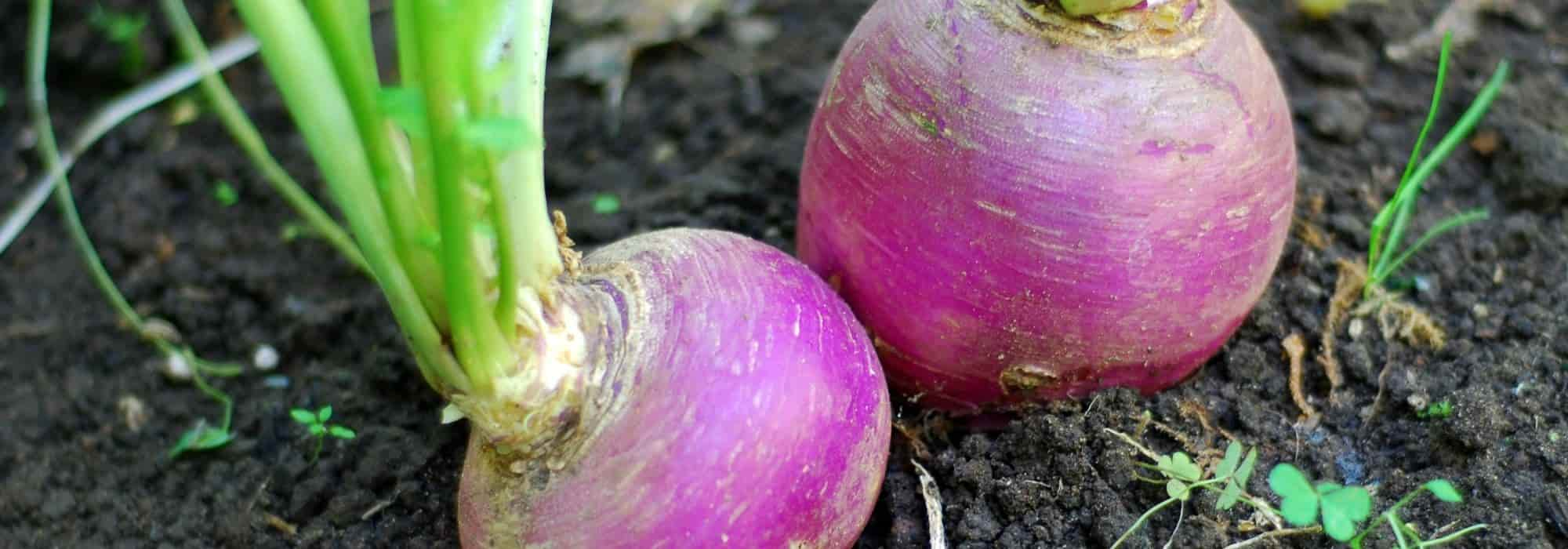
Growing spring turnips
All our tips for harvesting turnips from the beginning of spring
Contents
Known and cultivated long before the potato, the turnip is distinguished by its many shapes and colours of roots. Long, semi-long, round or flat, purple, white, and even red for some varieties, the turnip (Brassica rapa) is a root vegetable, rich in water, vitamins, and potassium, and very easy to grow. Often regarded as a winter vegetable, it is also consumed in spring as an early vegetable, for example, glazed with small new carrots.
If you want to harvest tender and melting turnips as early as April, it is necessary to sow by mid-February. I will explain how to grow spring turnips.
When to sow spring turnips?
To harvest spring turnips as early as April, it is necessary to plan ahead. Sowing should therefore take place from mid-February to mid-March to obtain tender and tasty turnips.
To germinate, turnips require a temperature of 15 to 20 °C. This is why the sowing method will differ depending on the regions. In the Mediterranean and Atlantic coastal areas, sowing can be done directly in the ground. Elsewhere, sowing in a cold greenhouse or frame is recommended for faster germination.
Generally, turnips germinate in 4 to 6 days if temperatures are mild, and between 10 and 12 days in colder regions.
Read also
Turnip: sowing, growing and careWhat soil and exposure should be provided for turnips?
Turnip prefers rich soils, especially in potash and phosphorus, rather deep and cool, even moist. The soil should be well worked, loosened, and levelled, but if it is slightly heavy, turnip will adapt perfectly. On the other hand, the addition of compost or organic fertiliser should be done in the autumn preceding the sowing. As for calcareous soils, they should be avoided for turnip.
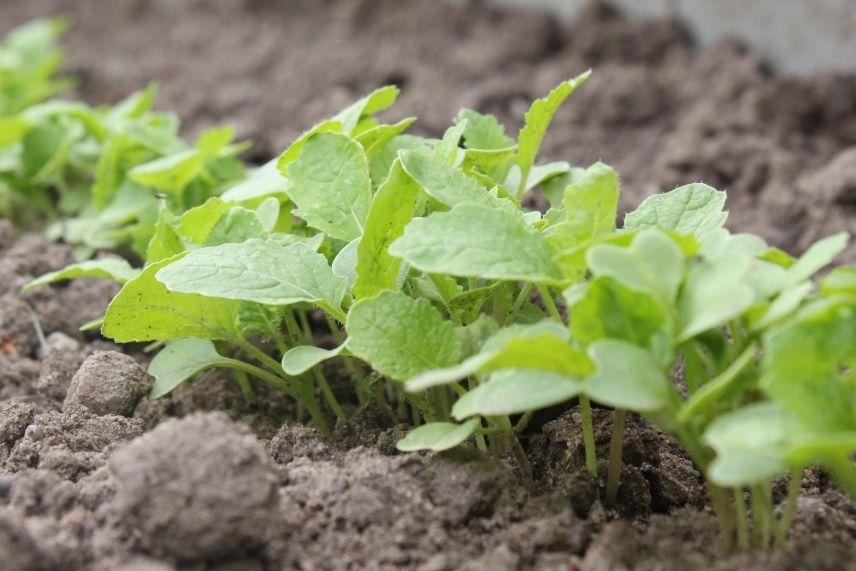 Turnip prefers rich and cool soils
Turnip prefers rich and cool soils
For a spring sowing of turnips, favour a sunny exposure. In summer, turnip fears overly sunny spots, but for a spring harvest, the sun is welcome.
Discover other Turnip seeds
View all →Available in 1 sizes
Available in 1 sizes
Available in 1 sizes
Available in 1 sizes
Available in 1 sizes
Available in 1 sizes
Available in 1 sizes
Available in 1 sizes
Available in 1 sizes
Available in 1 sizes
How to sow?
Sowing turnips is done in rows, spaced 20 to 30 cm apart. The furrows should not be too deep, as the seeds will be sown at a depth of only 1 cm. The seeds should not be covered too much. It is also important to sow as sparsely as possible, aiming to place a seed every 5 cm.
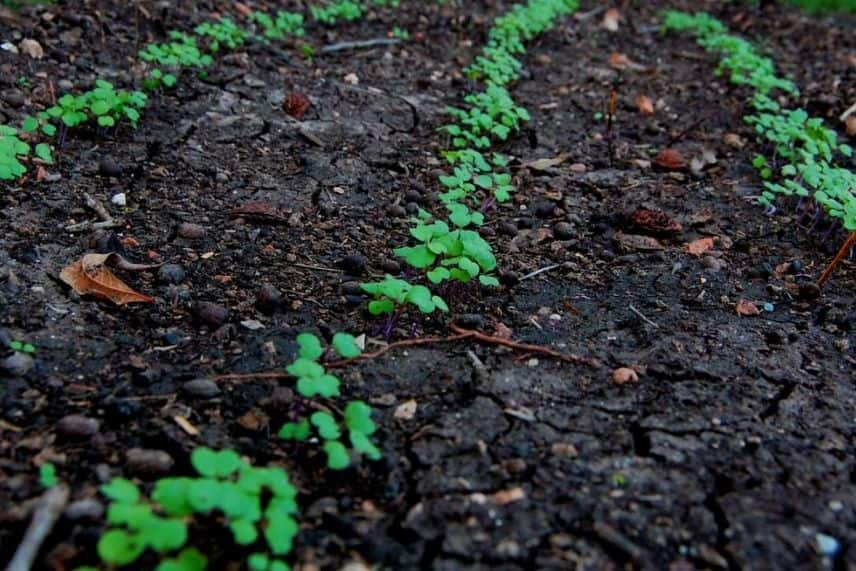
Turnips should be sown as sparsely as possible
Once the turnip seeds are placed in the row, cover them with a very thin layer of soil and lightly firm down with the back of a rake.
Water using a watering can.
When the seedlings have 3 to 4 leaves, thinning is possible if the sowing has been too dense. Keep only one young plant every 5 to 10 cm to allow the turnips to develop without crowding. The other seedlings cannot be transplanted.
Read also
How to choose turnips?What care should be taken for a good harvest?
Watering will be regular, as the turnip thrives in cool soil. It is also relatively sensitive to heat. You can also apply a mulch to space out watering, such as grass clippings if you have them.
Weeding is also essential, as turnips do not appreciate competition from weeds.
Spring turnips are harvested about 8 to 10 weeks after sowing, which is between late April and June. Intervene as needed using a fork. If it’s not too hot, allow them to dry out for a few hours on the soil.
Keep a close eye on your crops, as spring turnips are relatively sensitive to cabbage root fly (Delia radicum), whose larvae feast on the roots, creating tunnels. Leaves with a lead-grey coloration should alert you.
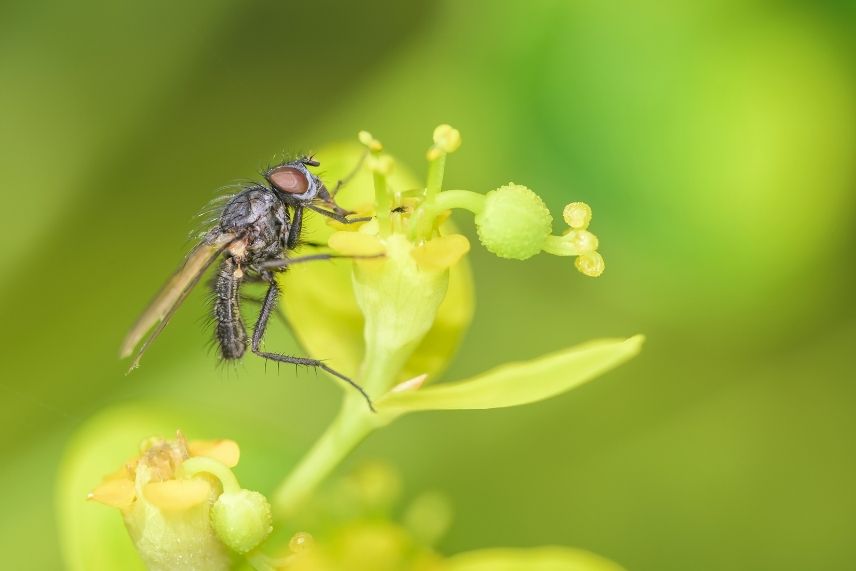
In spring, cabbage fly can attack turnips. The most effective defence is to install an insect net.
To combat this pest, the systematic installation of an insect net in advance is recommended.
Which varieties of turnips to choose for a spring harvest?
Certain varieties of turnips are ideal for spring sowing, while others are more suited for autumn and winter, which should be sown between 15th July and 15th August.
For spring harvests, it is best to choose early varieties with relatively quick development:
- The Milan red turnip is typically the spring variety. This variety forms round, flattened roots of pure white with a purplish-red collar. It is a turnip with tender, fragrant flesh that can be eaten raw grated or cooked. Some varieties of Milan turnips offer a pinker collar, while others produce white roots.
- The Demi-long de Croissy is an early variety of turnip with cylindrical, white, fleshy roots and firm, sweet flesh. It is a fast-growing early variety, with harvest occurring 1.5 to 2 months after sowing.
- The early flat red Milan-type turnip is a particularly early variety that can be sown as early as February. The roots are spherical and flat, slightly tinged with purplish-red, with firm, sweet flesh.
- The Nancy whole-leaf turnip produces round roots with a pinkish-purple collar. It is a cold-resistant and productive variety, ideal for a spring or summer harvest.
- The ‘Snowball’ turnip is an early, fast-growing variety that offers well-rounded, all-white roots.
- The early Auvergne turnip is a very old variety that produces large, dark purple roots and can be sown in February. It can also be sown in July and August.
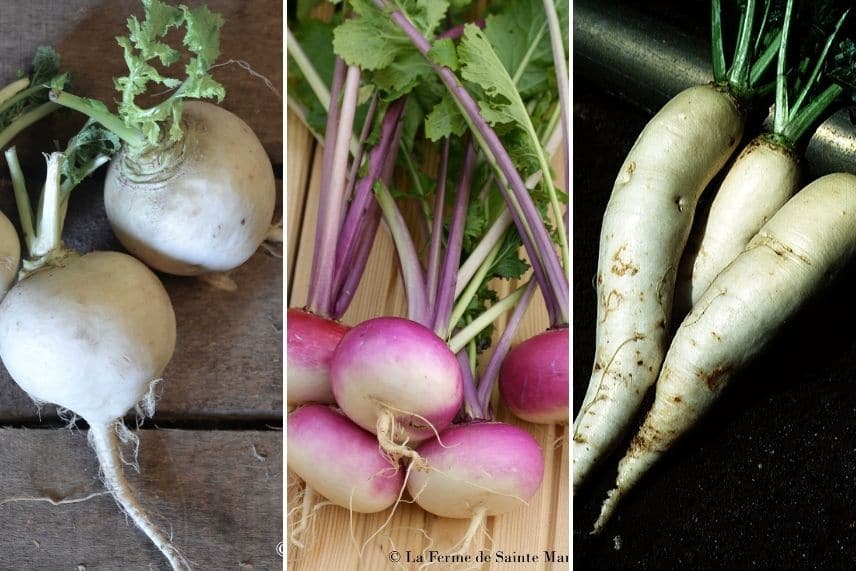
The varieties of turnips ‘Snowball’, ‘Milan red’, and ‘Demi-long de Croissy’ are ideal for a spring harvest (© La Ferme de Sainte-Marthe)
Please provide the text you would like to have translated.
- Turnip is very greedy, so it easily depletes the soil. Therefore, it is very important to apply crop rotation to avoid growing turnips in the same place year after year. For turnip, a rotation of 3 to 4 years is recommended.
- Spring turnip benefits from an association with peas, as it takes advantage of the nitrogen fixed by the roots of the peas. Turnip also enjoys the company of carrots and lettuces. However, it is best to keep it away from cabbages, radishes, and rocket.
- Subscribe!
- Contents


































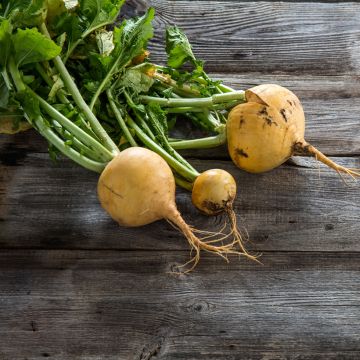
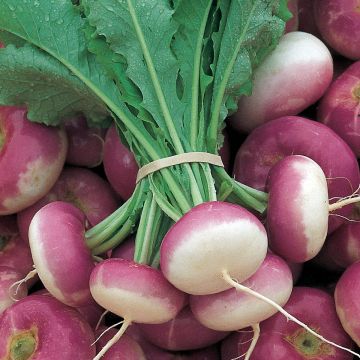
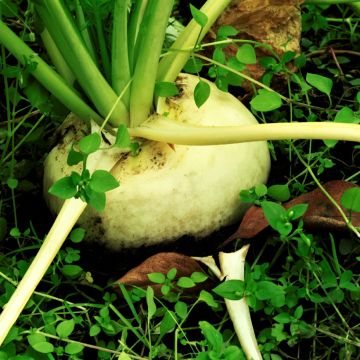
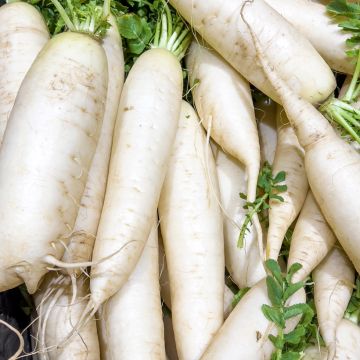
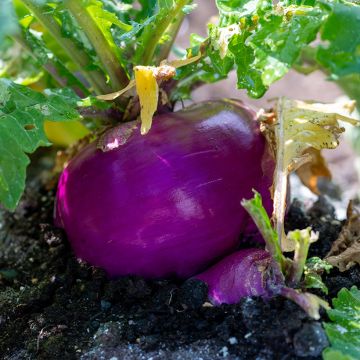

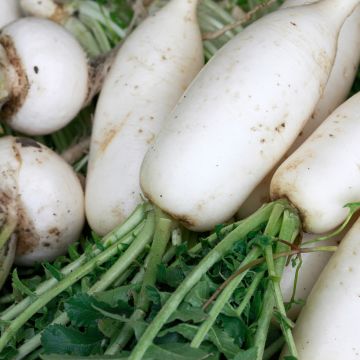
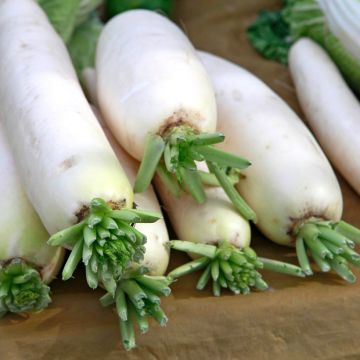
Comments